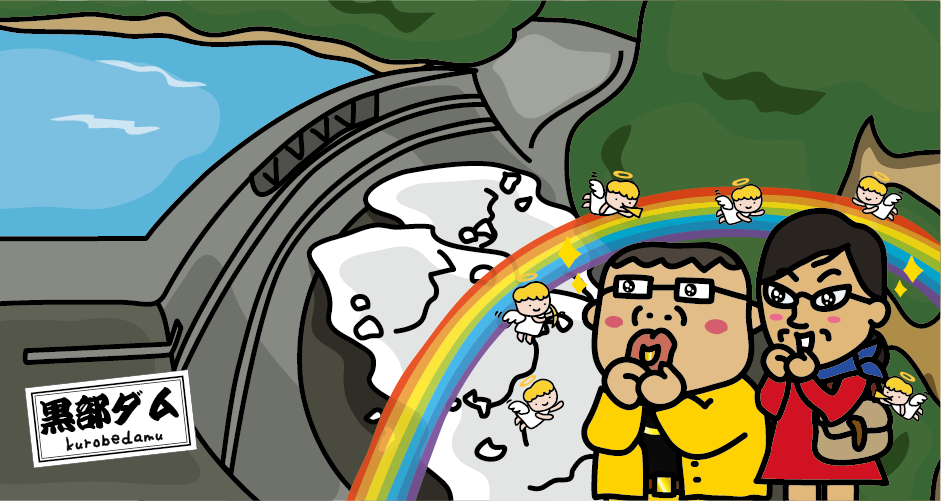I’ll tell you the secret to seeing a rainbow for sure at the very famous sightseeing water discharge of the Kurobe Dam, which will make even people who are not interested in dams into dam lovers.
Kurobe Dam is a dedicated hydroelectric dam built on the Kurobe River, which flows through the town of Tateyama in Toyama Prefecture. It is also called the Kuroyon Dam because it supplies water to the Kurobe River No.4(“yon” in Japanese) Power Plant of Kansai Electric Power Co., Inc. The sightseeing water discharge, which has become a tourist attraction at the Kurobe Dam, is held from late June to mid-October every year, from 6:30 am to 5:00 pm. The time varies by 30 minutes depending on the season.
<Sightseeing water discharge of Kurobe Dam>
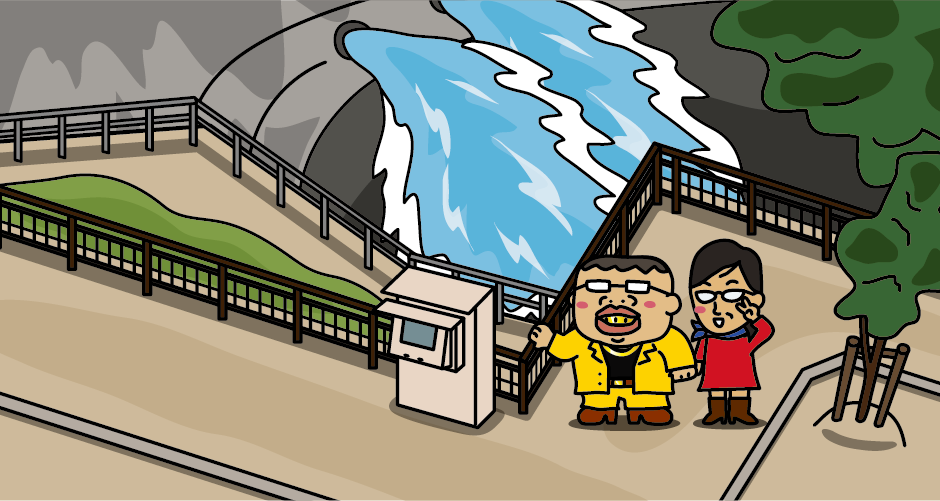
The sight of the huge volume of water (more than 10 tons per second) flowing down with a plume of water is breathtaking. If the weather is fine and the sun shines in the morning, you can see a beautiful rainbow over the water discharge.
<History of dam construction>
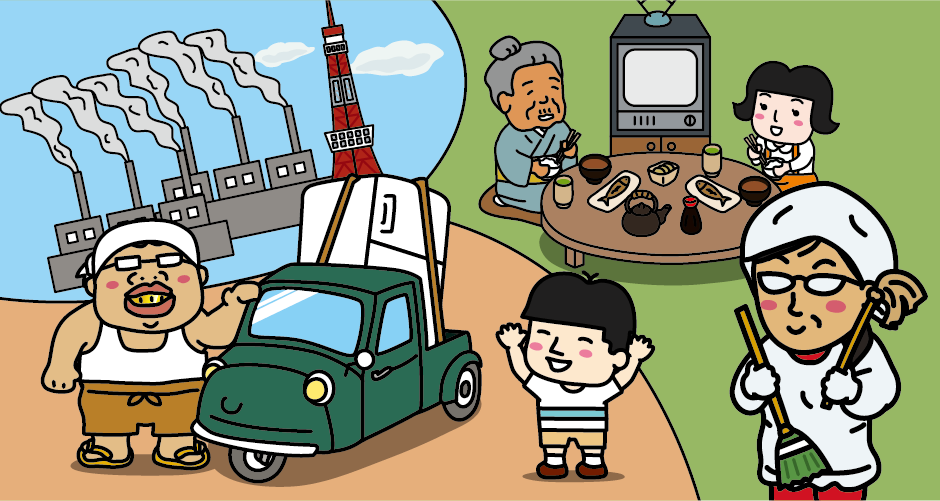
At the time when the construction of the Kurobe Dam was decided, Japan was in a period of rapid postwar economic growth, and it took seven years to complete the project in 1963 to alleviate the severe power shortage in the Kansai region. The total construction cost was 51.3 billion yen at that time (about half of the sales of Kansai Electric Power Co., Inc. in those days, which is said to be over 1 trillion yen in today’s money value), and a total of 10 million people were employed to build it.
<Structure of Kurobe Dam>
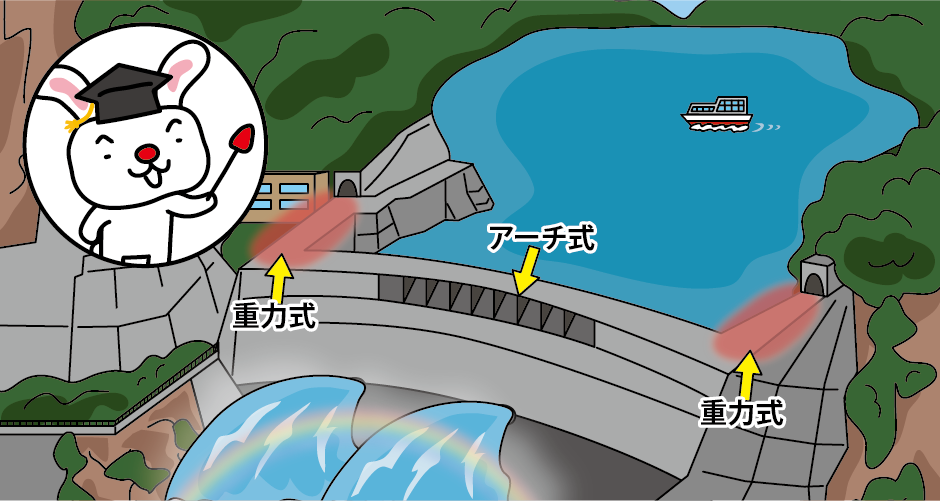
The weir of the Kurobe Dam is 492 meters long and 186 meters high, making it the tallest arch-type concrete dam in Japan. Kurobe Dam is a domed arch-type dam, which is mechanically superior among arch-type dams, and is curved downstream, just like a rice bowl split vertically. Compared to a normal arch-type dam, a domed dam allows water pressure to escape to the lower part of the embankment so that the water pressure exposed to the embankment is equal between the upper and lower parts of the dam. Arch-type dams are a very economical dam system because the mechanical properties of the arch allow water pressure to escape to the bedrock on both banks, and the weir can be made thinner than that of a gravity-type dam. However, in 1959, the Malpasset Dam, an arch-type dam in France, collapsed, killing 500 people. The cause of the collapse was said to be insufficient strength of the bedrock on both banks. In response, the Kurobe Dam was redesigned with gravity-type dam wings on both wings of the arch-type dam so that the bedrock on both banks could withstand the water pressure.
<Difficult construction project of the century>

The Kurobe Dam is located on the border between Toyama and Nagano Prefectures, surrounded by 2000-3000-meter-high mountains. At the beginning of the dam construction, construction materials were transported manually from the Toyama Prefecture side, but this did not work well, so a tunnel was constructed from the Nagano Prefecture side through Mt. Akazawa-dake (elevation: 2678 m). This tunnel is the present-day Kanden Tunnel, but it was such a difficult construction that it is called “the difficult construction project of the century” due to a large amount of groundwater gushing out of the fracture zone in the tunnel.
<Filming set of the movie “Kurobe no Taiyo”>
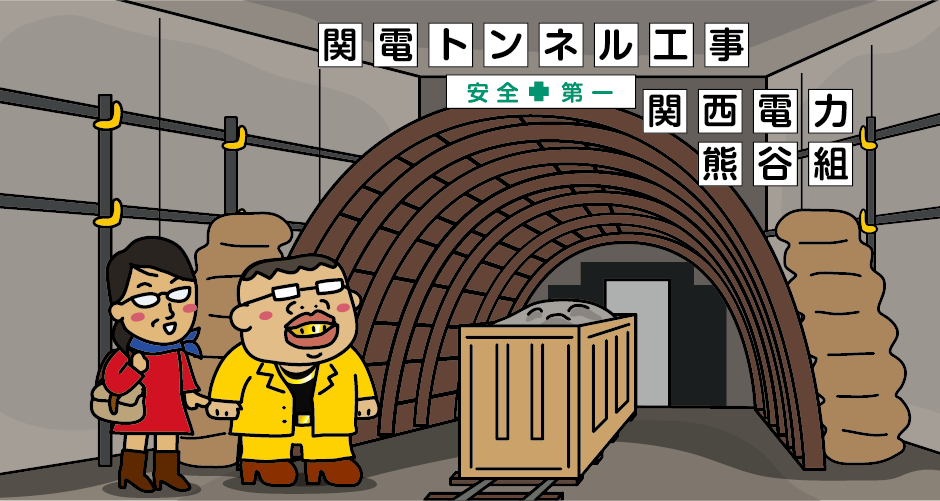
At Kurobe Dam, the filming set for the movie “The Sands of Kurobe (Kurobe no Taiyo)” (released in 1968) starring Mr. Yujiro Ishihara and Mr. Toshiro Mifune, which depicts the struggles of the construction of the Kanden Tunnel, is on display.
<Tour of the fracture zone>
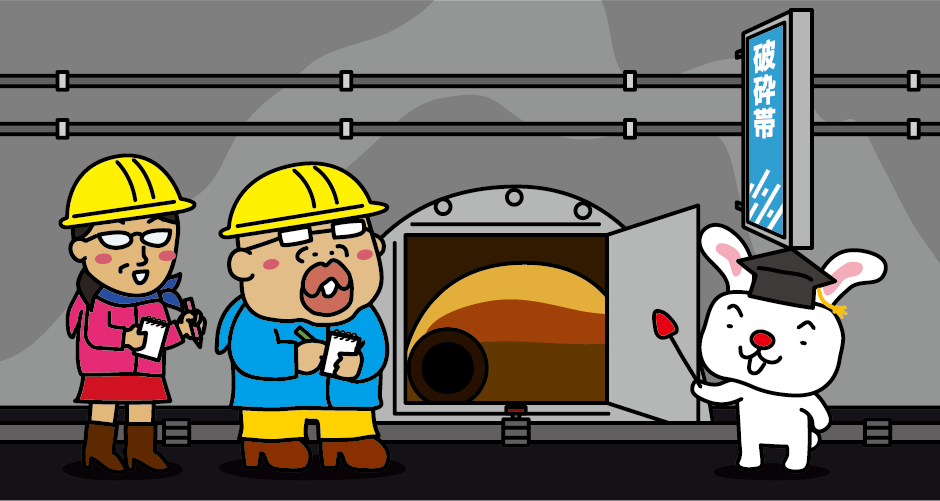
The fracture zone is a soft stratum that holds groundwater and is difficult to dig through because it spews out gravel and muddy water when dug. Kurobe Dam regularly offers tours of the fracture zone in the Kanden Tunnel.
<Cenotaph>
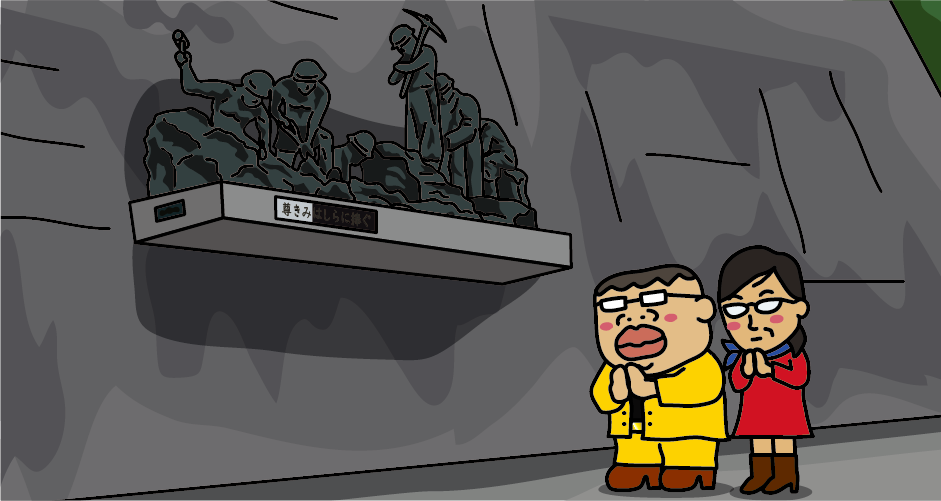
171 people were killed in the dam construction, and the cenotaph with the names of those killed has been placed at the Kurobe Dam.
<Tateyama Kurobe Alpine Route>
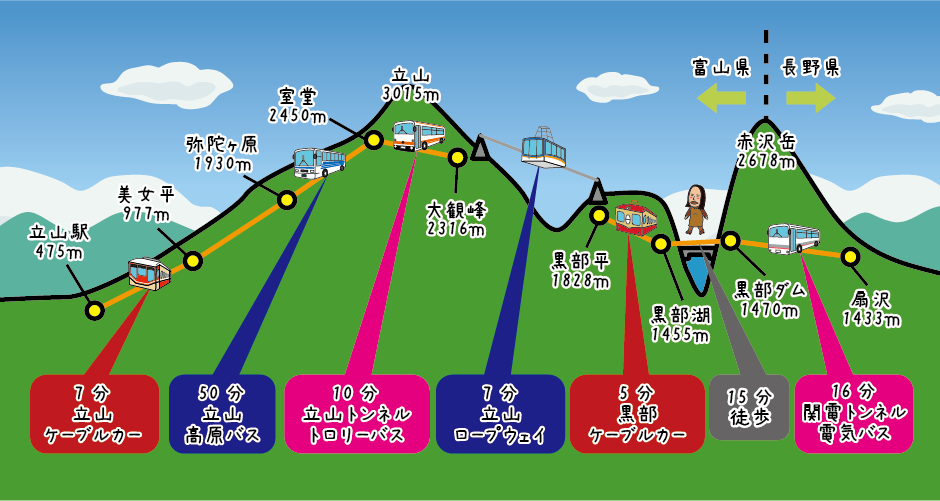
To reach Kurobe Dam, visitors use a transportation route called the Tateyama Kurobe Alpine Route, which has a total length of 37.2 km, and a dedicated transportation system. Kurobe Dam is located in Toyama Prefecture but is deep in the mountains on the border with Nagano Prefecture, so access from the Toyama side requires nearly 3 hours from Tateyama Station to Kurobe Dam. On the other hand, access from the Nagano Prefecture side is much faster, taking only 15 minutes from Ogizawa Station to Kurobe Dam. Access to the Kurobe Dam from the Toyama side inevitably takes longer because it requires crossing Mount Tate (elevation: 3015m), but this is compensated for by the spectacular views of the Murodo and the Tateyama mountain range.
<Kurobe Route Tour>
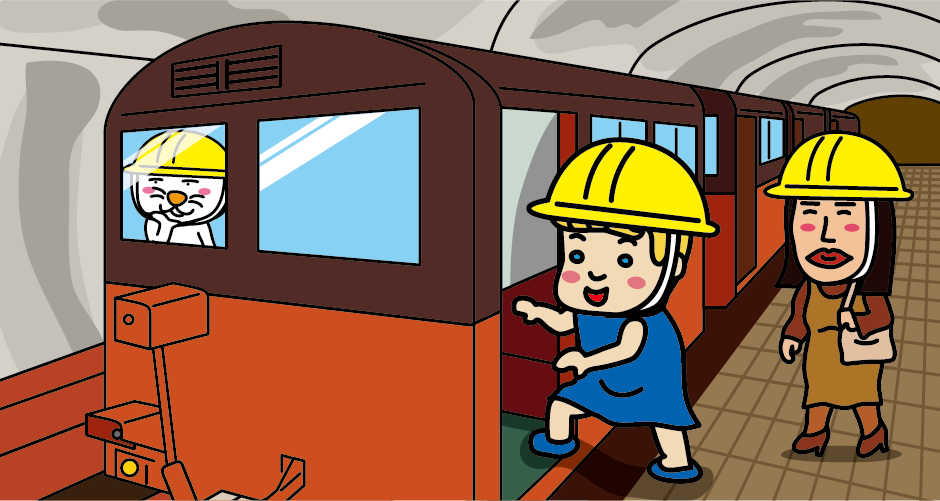
In the Kurobe Gorge, there is the Kansai Electric Power Co., Inc. work transportation route that connects the Kurobe Gorge Railway’s Keyakidaira Station to the Kurobe River No.4 Power Station and then to the Kurobe Dam Station in the Kanden Tunnel (about 18 km), and the entire section is almost entirely tunneled. It is called the “Kurobe Route,” and trains, work cable cars (Incline), and buses operate there to transport people and goods related to Kansai Electric Power Co., Inc.
On this Kurobe Route, visitors can take the Kurobe Route Tour, which includes a visit to the Kurobe River No. 4 Power Plant, a ride on the Incline, and an experience of the novel “Konetsu Zuido,” which was written about the construction of the power plant at the Senjindani Dam (Kurobe River No. 3 Power Plant).
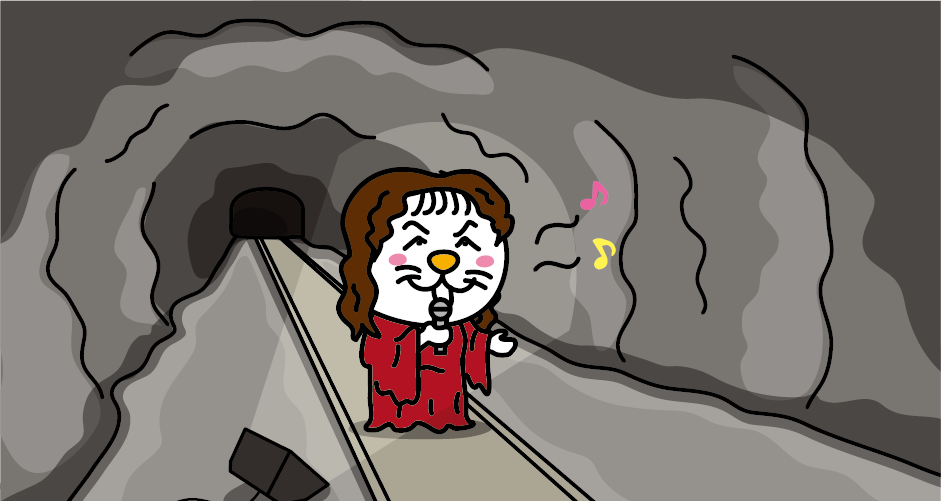
Kurobe River No.4 Power Station, located in the tunnel, is where Ms. Nakajima Miyuki sang “The Star on the Earth” during the NHK Kohaku Uta Gassen broadcast on December 31, 2002, which became a hot topic.
Access to Kurobe Dam
From Tokyo
It takes about 1 hour and 30 minutes from JR Tokyo Station to JR Nagano Station by Hokuriku Shinkansen. Get off at JR Nagano Station and take limited express bus from Nagano Station East Exit bus stop to Ogizawa bus stop in about 1 hour and 45 minutes.
From Osaka
It takes about 50 minutes by Tokaido Shinkansen from JR Shin-Osaka Station to JR Nagoya Station. At JR Nagoya Station, transfer to JR Chuo Main Line (limited express) to JR Matsumoto Station in about 2 hours. From JR Matsumoto Station, transfer to JR Oito Line to JR Shinano-Omachi Station. Get off at JR Shinano-Omachi Station and take local bus from Shinano-Omachi Ekimae bus stop to Ogizawa bus stop in about 40 minutes.
It takes about 15 minutes from Ogizawa Station to Kurobe Dam Station by Kanden Tunnel Electric Bus.
